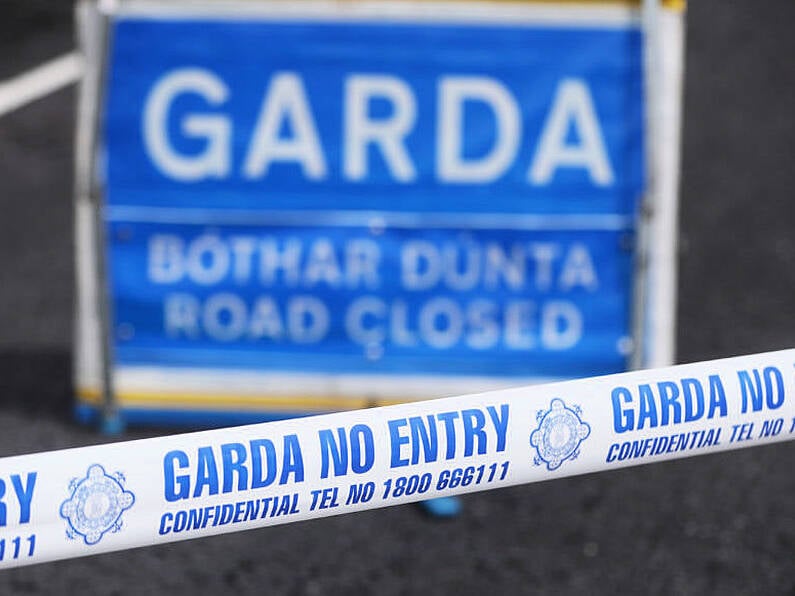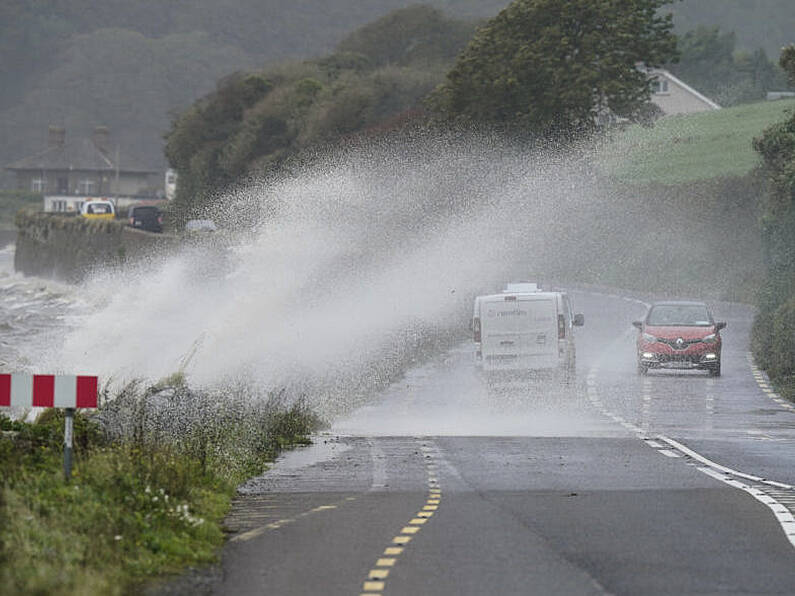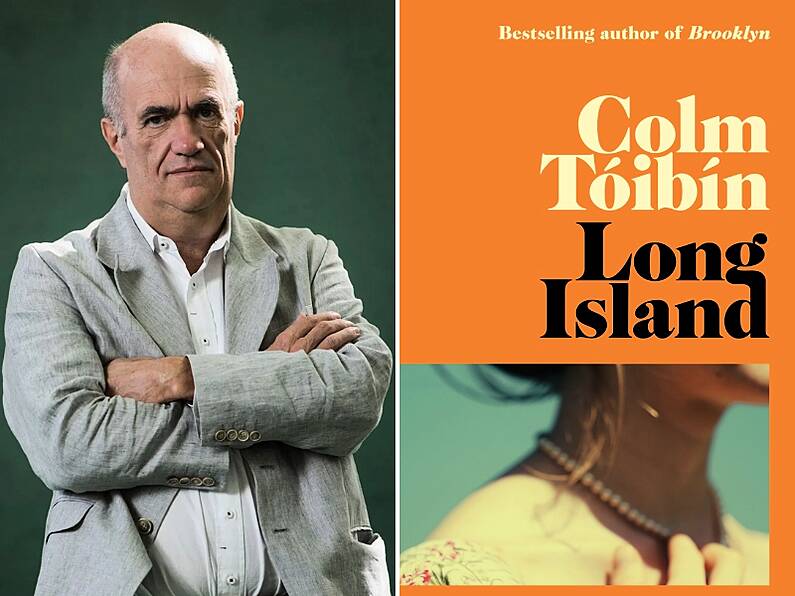By Geoff Percival
The Economic and Social Research Institute (ESRI) has said any scope for further tax cuts is “very limited” with Ireland set to reach so-called ‘full employment’ levels by the end of next year.
In its latest commentary on the economy, the economic think-tank has forecast 4.7% GDP growth this year, with growth slowing to just under 4% next year. It sees the unemployment rate averaging 5.6% in 2018, but declining to under 5% by the end of 2019.
Employment is likely to exceed 2.3 million people next year, around 70,000 more people at work than at the peak of the Celtic Tiger period at the end of 2007.
Such levels generally qualify as ‘full employment’ and could be a trigger for economic overheating, through excess consumer spending due to an increase in personal wealth.
On the back of that, the ESRI has warned the Government not to further stimulate the economy, via tax cuts, in the October budget. “Given the Government’s commitment to the National Development Plan in the medium term, there is little, or no, scope for cutting the overall tax burden which would stimulate the economy further,” said the think-tank.
“This is not an economy that looks like it needs additional stimulus,” said ESRI senior research officer Conor O’Toole.
ESRI research professor Kieran McQuinn said the Government should be “very wary” of cutting personal tax rates in the next budget and should target a neutral overall package on tax. He said if personal tax changes are deemed necessary, then they should be offset by increases in tax elsewhere.
The ESRI sees consumer spending levels rising by 2.4% this year and by a further 2.5% in 2019.
However, it said that “careful monitoring” is required given the pace of acceleration in new lending levels, with SME lending up 10% last year and new mortgage lending ahead by 13.5% in the first quarter of this year.
“At present, new mortgage lending is rapidly increasing in Ireland following the crisis-related downturn. While this does not yet appear to be unsustainable, the high growth in house prices, coupled with rising average loan sizes, suggest that credit levels are set to continue to increase.”
That said, Mr O’Toole said credit risks are relatively subdued at present, with lending being in line with incomes and lending rates being better managed than previously. However, he warned that it could “quickly unravel” and said there is currently no case to be made for a loosening of Central Bank mortgage lending rules. Any increase in ECB rates, however, could bring about “elevated levels of mortgage repayment stress” for Irish consumers.
The ESRI still sees continued house price growth over the medium term, but on the back of recently revised house completion data from the CSO, the think-tank now thinks around 18,700 new houses will be built this year and 23,200 next year. That compares to previous respective estimates of 25,000 and 31,000 for the two years.
Regarding non-domestic risks, the ESRI said: “Uncertainties at a European level, whether through Brexit or in other member states, present challenges to a small open economy like Ireland. Furthermore, any reduction in global economic activity, such as through a reduction in trade openness, would have a material impact on the domestic economy.”






